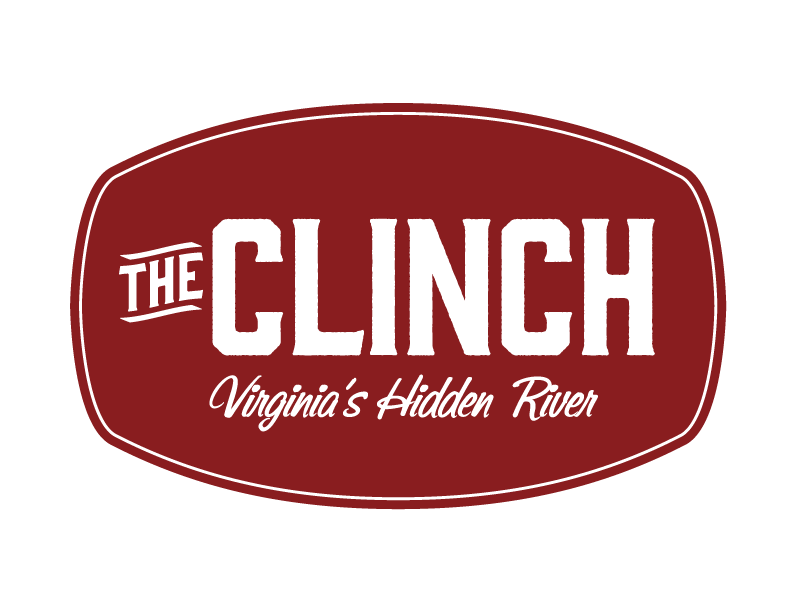
Conservation Issues and Water Quality in the Clinch
Even though the Clinch harbors ancient and astounding biodiversity, that doesn't mean that the watershed is immune from conservation issues. Explore some of the threats facing the Clinch below, hear some success stories, and find out how you can help improve the quality of Clinch for both its people and its wildlife. Start by exploring some small watersheds within the Clinch Valley facing conservation threats by clicking on the images below.
Stock Creek is a tributary of the lower Clinch impaired by a number of factors relating to past land uses within the watershed. Learn more about how these pollutants impact the stream and about what is being done to remedy these issues.
Lick Creek, located near the town of St. Paul, flows into the Clinch near an important biodiversity preserve at Bluebell Island. Lick Creek, however, has suffered impairments to aquatic life and experiences high bacterial content that threatens this small watershed. Learn more about how these issues are being addressed by clicking the image above.
Big Cedar Creek is one of the most biologically-important streams in the entire Clinch watershed. However, land use in the surrounding area has contributed to some decreases in water quality within this major tributary to the Clinch. Learn more about what is being done to protect this watershed and its valuable biodiversity.
The Guest River, a major tributary to the Clinch, drains an astounding portion of the Clinch Valley - over 64,000 acres! This region contains some of the densest human populations in the entire Clinch watershed and has historically been impacted by coal mining. Learn more about ongoing efforts to restore this beautiful and important mountain river.
Conservation Success Stories
In 1998, a spill of rubber accelerant near the town of Cedar Bluff obliterated fish and mussel populations in the Clinch for several miles downstream. This spill drastically altered the ecological integrity of the Clinch, even eliminating one of the last two known populations for the federally-endangered Tan Riffleshell Mussel. Since this spill, efforts have been put in place to restore the Clinch's aquatic wildlife through partnerships with state and federal agencies, nonprofit groups, and local citizens. Learn more about this ongoing work through the video on the left or by reading more here.
Learn More and Get Involved

Conservation Agencies and Regional Groups in the Clinch Valley




